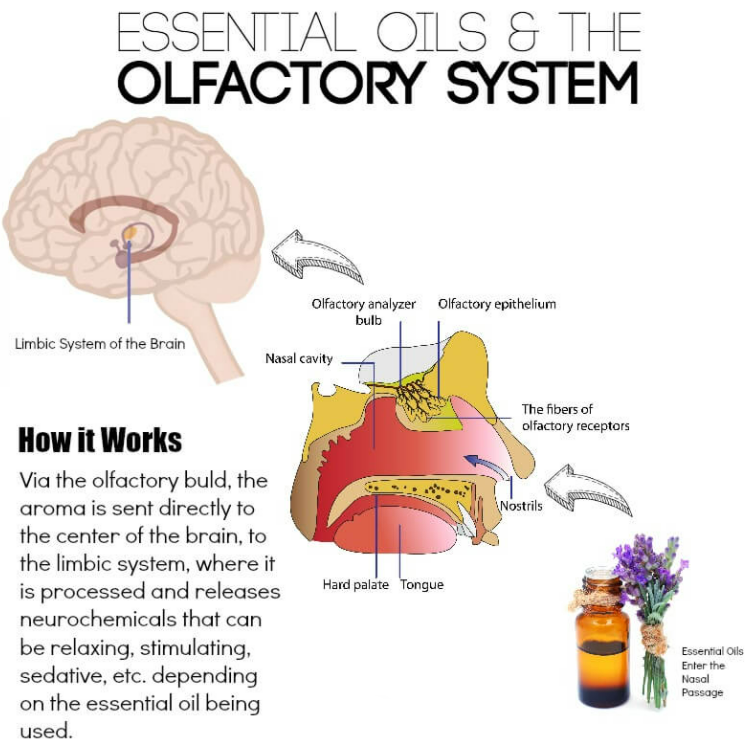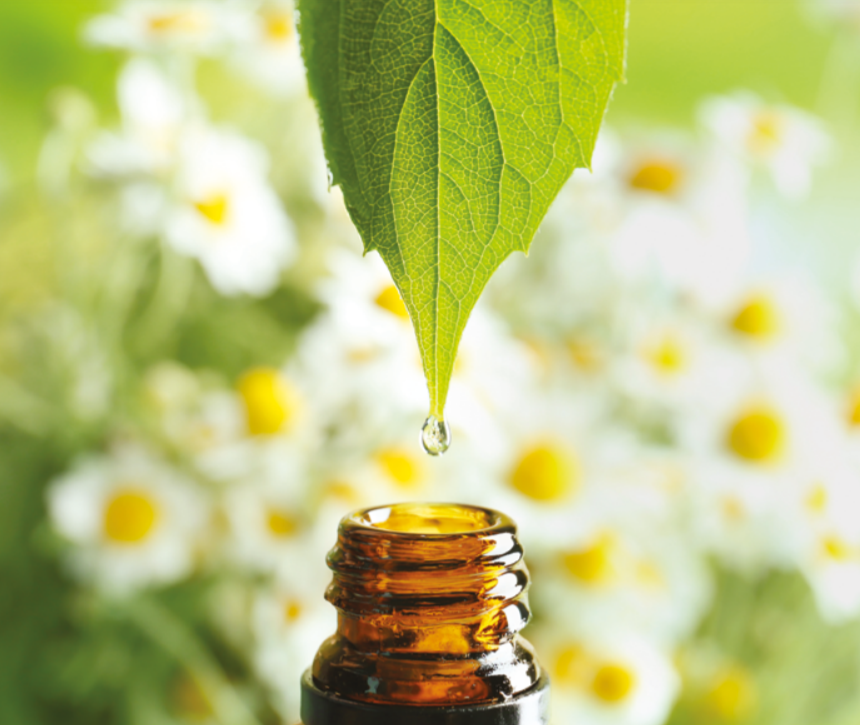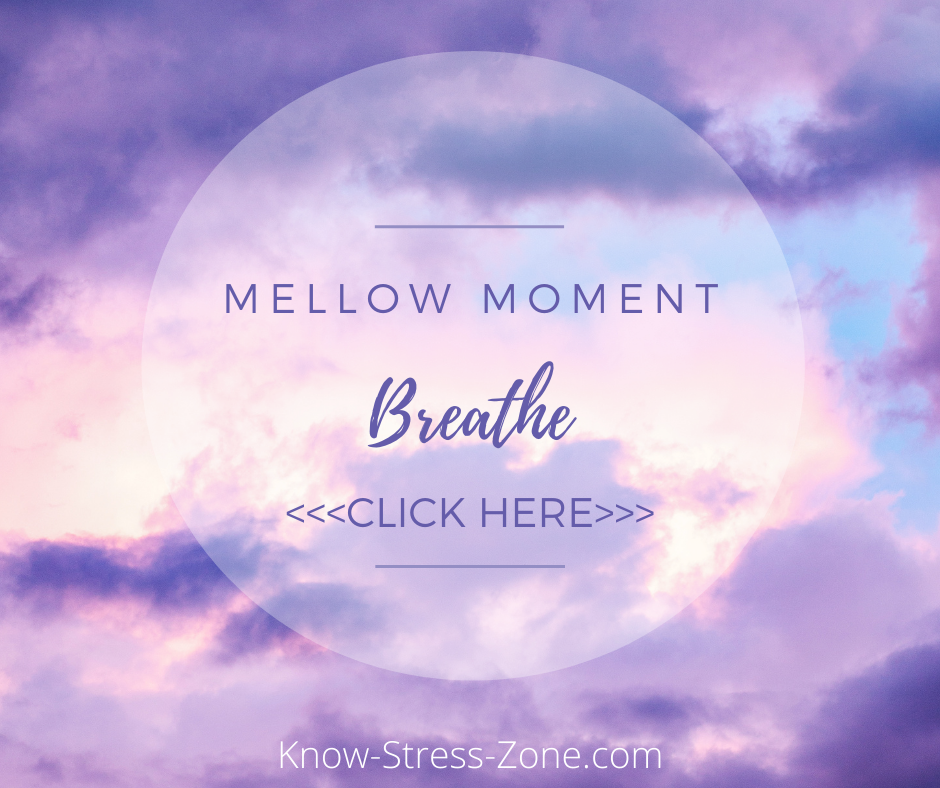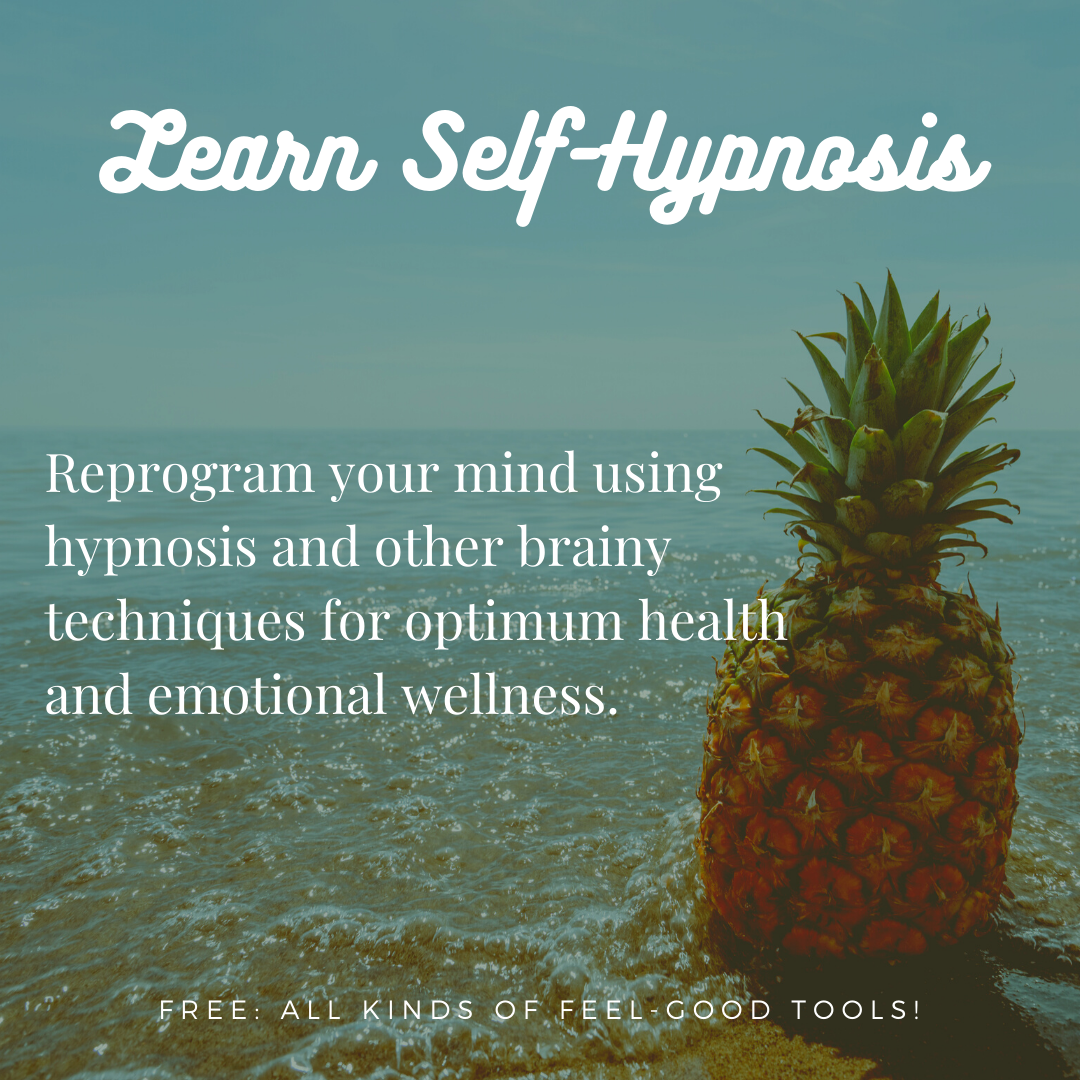Hypno-Aromatherapy: Use Essential Oils to Anchor Suggestions & Optimize Results
Use Hypno-Aromatherapy Like a Pro:
|
|
|
What Is Hypno-Aromatherapy and How Does it Work?
Hypno-Aromatherapy combines hypnosis with essential oil aromatherapy. The sense of smell is strongly associated with emotional memories. Essential oils are a fast, safe, and effective tool to calm down the amygdala (the worry wart, drama queen, fear monger of the brain) so that better thinking and emotional well-being can occur. Aromatherapy serves as a powerful reminder - or anchor - for post-hypnotic suggestions.
Essential oils affect psychological and physiological changes. The premise for using essential oils is that their aroma provides pleasurable sensations, evokes memories of the past, and provides us with protective mechanisms for the body. Think of the many ways our sense of smell affects our lives.
We have five senses. Four of them — sight, touch, hearing, and taste — go through interpretive areas of the brain. They are filtered. But when you smell, tiny molecules drift high up into the nose to a set of receptors linked directly to the olfactory bulb and a primitive part of the brain associated with emotions and memory. This provides a subconscious, unfiltered link between strong memories and aromas.
Essential oils can have a healing effect both physically and emotionally. The psychological benefits are obtained when essential oils are inhaled or absorbed trans-dermally.
Hypnotherapy, like aromatherapy, also works at the level of the subconscious to influence behavior. Think of the brain as a big circle. At the base of this circle is the primitive brain, focused on fight or flight. Above it sits the subconscious, a vast reservoir of pluses (positive experiences and associations) and minuses (negative experiences and associations). The subconscious is indiscriminate in terms of what it allows in — the true, the false, the imagined are all welcome here.
Around 9 years old, a shield of critical thinking and filtering develops, which separates the subconscious from the developing conscious mind — the repository of logic, reasoning, decision-making, and willpower. This separation is both useful and problematic. On the one hand, it prevents falsehoods and unexamined beliefs from becoming true on a subconscious level. On the other hand, it prevents direct communication with the subconscious.
In hypnosis, however, that shield is penetrated so the subconscious can be directly accessed and altered. A conscious decision to eat healthy shouldn’t be hard, but the subconscious associates pasta with energy, ice cream with stress reduction, and so on. These positive associations are deep-seated. Since the subconscious controls about 90% of our behavior, that means we need to get through to the subconscious to change behavior.
|
Using hypnosis and essential oils together offers multiple access points to the subconscious. Certain aromas — for example frankincense, myrrh, and sandalwood — enhance meditation. If someone associates an aroma with meditation, at some point the aroma itself — or even just imagining the smell — can place that person in a meditative frame of mind. This occurs because the subconscious doesn’t distinguish between what is real and what is imagined. Likewise, the smell of grapefruit essential oil (a natural appetite suppressant) can be associated with feelings of satiety. At first, you may need to actually smell the oil to curb your appetite, but with practice, feelings of fullness can be initiated just by imagining the smell of grapefruit. |
The effect would be even stronger if the association is made in hypnosis. Here the subconscious enters a state of heightened suggestibility where it is receptive to the logic and reasoning of the conscious mind. By harnessing the power of the subconscious, hypnotherapy leads to permanent, positive change.
Hypno-Aromatherapy: Examples of Essential Oil Anchors for Use in Hypnosis
Weight Management: Bergamot, Peppermint, Grapefruit, Ginger, Munchy Stop (blend).
Smoking Cessation & Addiction: Pepper, Cinnamon, Clove, Nutmeg, Grapefruit, Lavender, Peppermint, Eucalyptus, Roman Chamomile, Clary Sage, Tarragon, Germ Fighter (blend).
Pain Management: Lavender, Roman Chamomile, Peppermint, Frankincense, Copaiba, Muscle Aid (blend).
Sleep Concerns: Jasmine, Lavender, Roman Chamomile, Sleep Tight (blend), Sleep Aid (blend).
Memory: Rosemary, Lemon, Sage, Brain Aid (blend).
Self-esteem: Sandalwood, Vetiver, Bergamot, Ylang Ylang, Self Esteem (blend).
Focus & Energy: Lemon, Peppermint, Spearmint, Hocus Focus (blend).
Stress Management: Vanilla, Lavender, Sandalwood, Orange, Chill Out (blend), Relax (blend).
Feeling Anxious or Depressed: Vetiver, Cedarwood, Geranium, Melissa, Happy Place (blend), Blues Buster (blend).
Sexual Issues: Lavender, Orange, Ylang Ylang, Neroli, Sensual (blend).
Meditation: Ho Wood, Frankincense, Australian Sandalwood, Juniper Berry, Palo Santo, Meditation (blend), Chakra Synergies (blends).
Fears & Phobias: Lavender, Bergamot, Sweet Orange, Vetiver, Atlas Cedarwood, Worry Free (blend), True Expression (blend).
Hypno-Aromatherapy: My Own Little Experiment
|
I teach others how to take a multi-pronged approach to mental and physical wellness. There's no great panacea that will cure anyone.
|
 |
It's always many different activities, new habits, techniques, supplements working together that help people improve their lives and achieve their goals.
I teach others how to use a variety of science-based wellness techniques for optimum physical and mental health. Aromatherapy happens to be one of the approaches I recommend:)
As a mental health therapist, I've been practicing cognitive behavioral therapy in combination with hypnotherapy to help my clients work through emotional issues and achieve their goals. I have found the combination of these techniques to be very powerful for accelerated progress that actually feels good while you're doing it.
So, as I started my own journey into the uses for essential oils, I decided to try an experiment. I invited my clients to try smelling a couple of drops of various essential oils in their hands before the session started. When the session ended, I gave the clients a sample of the essential oil that was used in the beginning so that they could smell it again on their own time.
The results?
1. People felt a self-reported increase in emotional well-being during the session.
2. Using the essential oil on their own time reminded them of the positive emotions from the session and gave them something tangible (an anchor) to help them turn on their relaxation response.
Keep in mind, this is my own little science
experiment! I have only done this with a group of 100 people. It would
have to be duplicated by others. However, adding essential oils to
hypnotherapy/talk therapy definitely helped all the particular people I was
working with.
I have found essential oils to act as an "anchor" or reminder of the positive goals being worked on. The essential oils I used (known to evoke feel-good emotions and relaxation) seemed, by their very nature, to produce calming effects. My clients definitely looked forward to using their essential oils and so created very positive expectations and healthy new habits.
Personally, one of my favorite uses for essential oils is during meditation and self-hypnosis. I love using lavender every evening when I'm in the "zone." I have found that my practice has deepened since introducing essential oils in this way.
Hypno-Aromatherapy: Try It For Yourself
|
1. Place 1-3 drops of an essential oil of your choosing (see list above for some ideas) in the palm of your hand. When in doubt, use Lavender. Rub both hands together and inhale deeply for 5 breaths. 2. Close your eyes and listen to my Mellow Moment hypnotic relaxation audio. (Click on the picture to the right.) 3. Open your eyes and smell the essential oil in your palms again. This is strengthening the association between smell and the hypnotic experience. 4. Repeat this procedure as desired. 5. Smell your essential oil and notice how it evokes a sense of calm very easily. |
Hypno-Aromatherapy: A Word of Caution
Not all essential oils are created equally! I discovered this the hard way when I decided to go the cheap route. I had started off my journey into aromatherapy on the right foot by purchasing pure, unadulterated Lavender. I diffused it at nighttime and slept straight through. I loved it!
|
Then one day, I was at a dollar-store and saw "lavender" in a bulk bin priced at $1! I thought, "Wow, that's great! I'm going to buy up all of the bottles in this bin." I got home that night and again diffused the oil. The smell was more that of a cheap perfume than of lavender. Needless to say, I wasted my money on a non-therapeutic oil. |
Actually, it wasn't a total waste. I used it to freshen up my toilet bowl. However, it had no use for helping me sleep.
Having said this, it's not necessary to buy the most expensive essential oils to get quality.
Plant Therapy has been my go-to source for pure, unadulterated oils. You will get the therapeutic benefits you're looking for with all of their products.
Hypno-Aromatherapy: A Deeper Dive
|
If you're interested in learning more about Hypno-Aromatherapy, I encourage you to take my free Learn Self-Hypnosis Course! Together, we'll learn about hypnotic techniques you can start using today to make the shift from willpower to mind power. |






